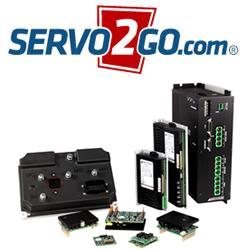MPU-9150 Nine-axis MotionTracking device
Picking Robotics Stocks Is Complicated: Some Are A Waste Of Time
What will you say to an Intelligent Robot?
A Guide For Small Assembly Robots In Upstream Packaging Processes
AUV's And The Secrets Of The Depths
Co-operative Robotics
ROSCon 2012 Presentations Available Now
Bosch Indego Robotic Lawnmower
BaTboT
Why you should care about the Uncanny Valley
Application Case Study: Continental AG, Czech Republic Division
The Camera Has Many Eyes
Interview - Video Quality for UAVs
TurtleBot 2 Coming Soon
Honda UNI-CUB
Records 3571 to 3585 of 3735
First | Previous | Next | Last
Featured Product

High Performance Servo Drives for localized and distributed control applications from Servo2Go.com
Robotics and Automation - Featured Company

